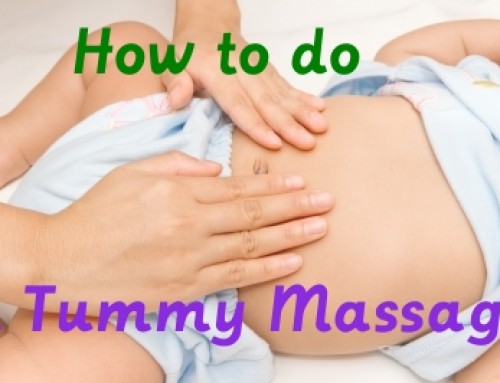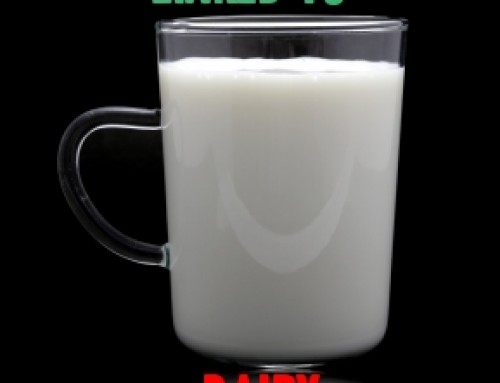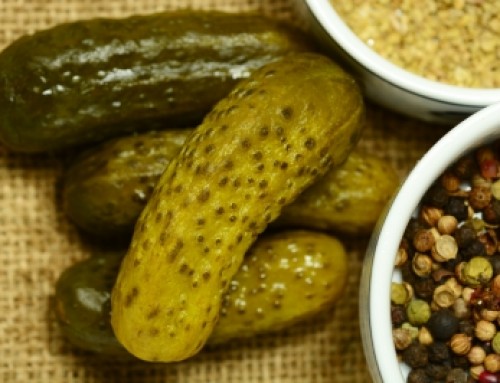Sun exposure is beneficial to us because it allows our body to make vitamin D which has been shown in various studies to be protective against breast, ovarian, prostate, and colon cancer. Vitamin D also keeps our bones strong, can help control our blood sugar, and can help our immune system fight infections. Vitamin D has also shown potential therapeutic benefit in asthma, inflammatory bowel disease, chronic kidney disease, liver inflammatory disease, multiple sclerosis, hypertension, back pain, rheumatoid arthritis, and lupus. Sun exposure also keeps our mood elevated and keeps us warm (see sources 1, 2, 3, and 4).
The best sun exposure is before 11:00 am and after 4:00 pm when the sun rays do not have much power to burn our skin. The sun does not cause skin cancer, but sun damage does. When the skin is damaged, normal cells can become precancerous cells (that have the potential to become cancerous) or cancerous cells.
5 Ways to be Sun Smart
If we can’t avoid the sun between 11:00 am and 4:00 pm, then following some of the tips below might help lower the chance of skin burning:
- Wear a hat with a large brim.
- Wear a lightly colored long sleeved shirt and long pants, both made from a lightweight material.
- Use a safe sunscreen.
- Stay in the shade as much as possible.
- Also, don’t forget about sunglasses as they protect our eyes against the damaging effects of powerful sun light.
How to Choose the Best Sunscreen
When it comes to sunscreens, choosing a safe one is our best bet. Many sunscreens are loaded with chemicals. We apply the sunscreen on our skin and the skin absorbs almost everything that touches it. All these chemicals get into our bodies and they can have damaging effects.
Environmental Working Group (source 3) is a good website where you can check how safe your sunscreen and other products are. Go into Consumer Guides where you will find a guide to sunscreens (among other great guides). For example, Burt’s Bees Baby Bee Sunscreen Stick with SPF 30 has a score of 1 which is rated as “low hazard”. All products between 0 and 2 are considered low hazard. Products between 3 and 6 are “moderate hazard” and products between 7 and 10 are “high hazard”. However, the data used in calculating the score for this particular Burt’s Bees Sunscreen is considered by EWG “limited”. This data score takes into consideration the research that is available to calculate the hazard score, which in the case of this sunscreen is considered limited. Data score available can be: “none”, “limited”, “fair”, “good”, “robust”.
So when you look up your sunscreen, consider not only its hazard score (best should be as close to 1 as possible), but also take into consideration the data score that is available (best should be as close to “robust” as possible).
Here is more information about the Environmental Working Group website.
Do you know how safe your sunscreen is? Go here, type in your name of sunscreen, get the report, then let me know.
P.S. Here is an interesting article (see source 5) that talks about how selenium supplementation is associated with reduced tanning and reduced skin damage when mice were exposed to UV light. At the end of the article the author suggests a dose of selenium that every adult should take. The suggested dose matches the dose I learned during my nutrition studies at the Canadian School of Natural Nutrition (100 µg /day).
Selected resources:
- Vitamin D and inflammatory diseases http://www.ncbi.nlm.nih.gov/pmc/articles/PMC4070857/
- Vitamin D: Deficiency, diversity, and dosage http://orthomolecular.org/library/jom/2003/pdf/2003-v18n0304-p194.pdf
- Environmental working group www.ewg.org
- World’s healthiest foods www.whfoods.com
- http://orthomolecular.org/library/jom/1992/pdf/1992-v07n02-p083.pdf







Leave A Comment